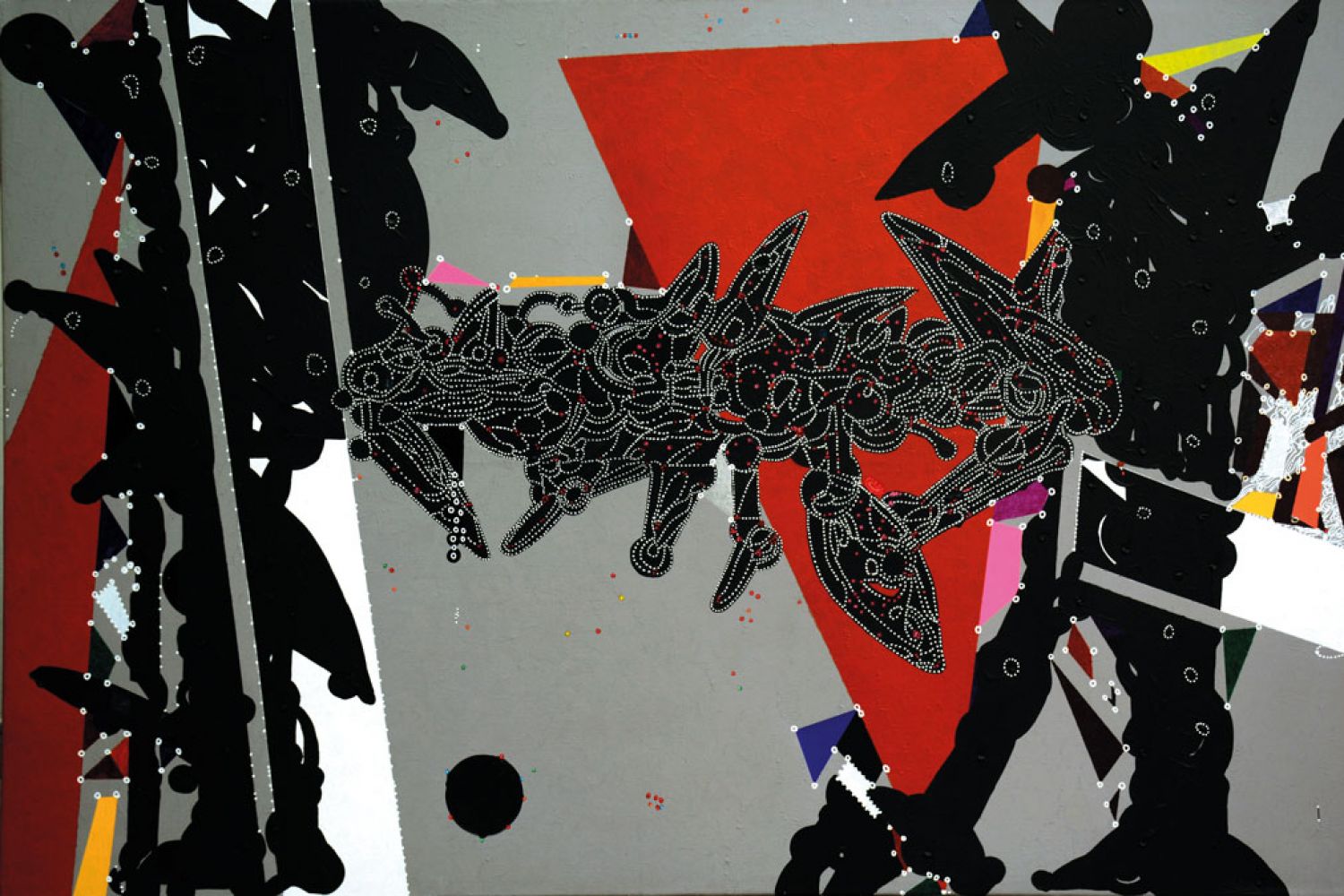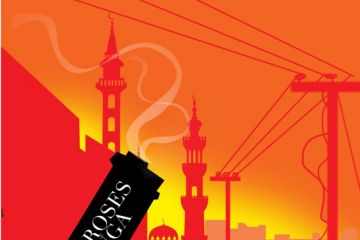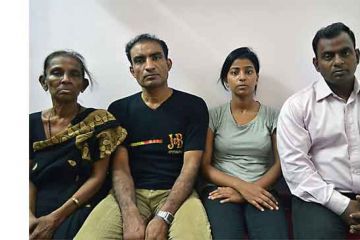
The starving artist is
an abiding stereotype of the popular imagination but Amitava Das is as far from
that image as it is possible to be. He is in fact a retired civil servant. A
quiet, self-effacing man of medium height and build, he is not forthcoming
unless patiently drawn out. Should you succeed, however, a conversation with
him is rewarding.
He talks about all the
things that have to coalesce before art can happen. Music, for him, is an
abiding love; Hindustani, Carnatic, wester





